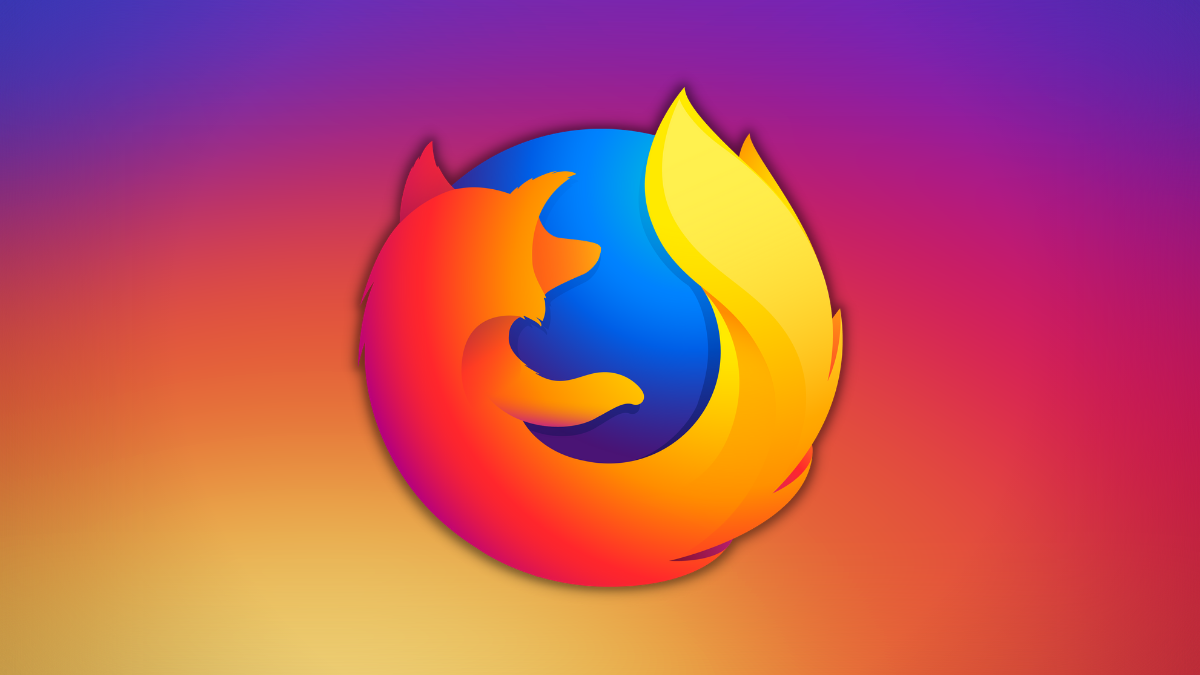Read update
- Mozilla responded to the issue, saying that it's an issue with MSIX packages.
Mozilla and Microsoft recently came together to bring Firefox to the Microsoft Store. However, a hidden change to the store version makes it harder to switch your default browser, undoing the workaround Mozilla had in place.
UPDATE: 11/9/21 4:07 pm Eastern
Mozilla responded to the issue, saying that it's an issue with MSIX packages.
Here's the full quote from a Mozilla spokesperson:
Firefox ships an MSIX package in the Windows Store so that our users on Windows 10 and Windows 11 are able to download Firefox from the Store. MSIX packages run in a "Windows package environment". The aspects of the Windows environment that Firefox relies on when users choose Firefox to be their default browser do not work in a MSIX environment.
Providing users with a clear way to set their preferred browser as the default is an important feature supporting user choice. Defaults make everyday use of computers less annoying and save time when using apps like browsers, email, music, and video conferencing. People should have the ability to simply and easily set defaults, but sometimes operating systems don't make it easy, whether through poor design or deliberate efforts to frustrate user choice.
In Windows 11, Microsoft made it an absolute nightmare to change the default apps. Mozilla figured out a way to get around this, allowing you to switch your default browser in a single click.
However, with the version released to the Microsoft Store, Mozilla appears to have backed down, as you have to go through Windows 11's ridiculous process of changing the default for all different file extensions if you want to change your default browser. It's a definite downgrade, and it makes downloading from Firefox's website a far more appealing option.
I tested out the desktop version and Microsoft Store version of Firefox myself, and the desktop version still changed the default browser with one click. The Microsoft Store version, on the other hand, took me to Windows 11's default apps page, where I could go through the painful process.
We're not sure why this changed, but we can only assume it has something to do with getting Microsoft to approve the app. Perhaps Microsoft wouldn't allow a version of the browser with a workaround installed.
We've reached out to Mozilla for comment but haven't received a response as of publication.

